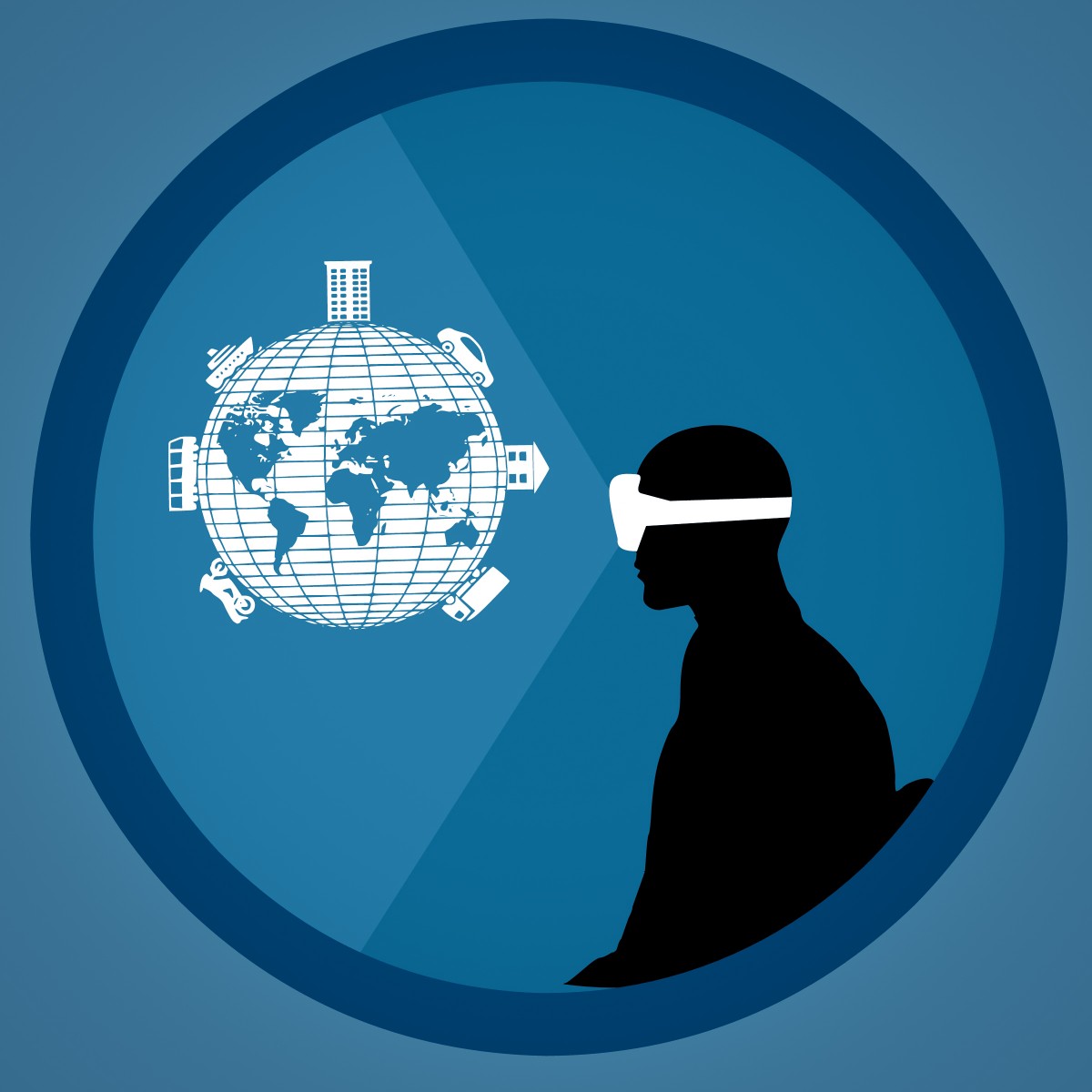
In discussing the difference between VR and AR Training with Police Magazine, Lon Bartel, director of training and curriculum for VirTra, touched on some points that explain why Augmented Reality Training for law enforcement can be more effective than VR.
The first problem addressed with Virtual Reality was “VR sickness” which is caused by the cognitive disconnect of when your senses are perceiving movement but your body is relatively still. Some trainers try to lessen this by having students sit in chairs while they are wearing the headsets but this can cause more harm than good when training.
Bartel further talks about how training in this way could cause bad training scars in that it trains students in practice to not move from the line when they feel the need to use force because they might bump into something or make themselves sick. This is where Augmented Reality Training comes in to combat this.
Augmented Reality Police Training allow students to utilize and move around their real environment by having the system insert people or items in order to enhance the real-world space that they are in. This is different from VR because the student’s senses and the body’s movement are less likely to contradict each other, mitigating the sickness that comes with Virtual Reality.
Another point Bartel touches on is the use of CGI in VR training. With CGI characters, students are likely to experience the Uncanny Valley effect, which explains that people would be, “repelled and revolted by interactions with robots that appear ‘almost human’ but not exactly human”.
This creates a challenge in de-escalation and use-of-force training because the CGI characters are unable to represent the subtleties of human behavior. Students are then faced with the difficulty in be unable to read the character’s emotions and not knowing if they are reacting to the threat or the “subconscious aversion” that they have towards the virtual character.
Conversely, Augmented Reality Training allows agencies to place real people to play the roles of the characters in the training scenarios. Additionally, these “characters” are able to exist in the real space that the student is in. Thus, the student is interacting with humans displaying real emotions in a real-world space, creating a more effective training environment.
To learn more and read the full article about Augmented Reality Police Training, click here!
Recently Published
Join Our Newsletter







